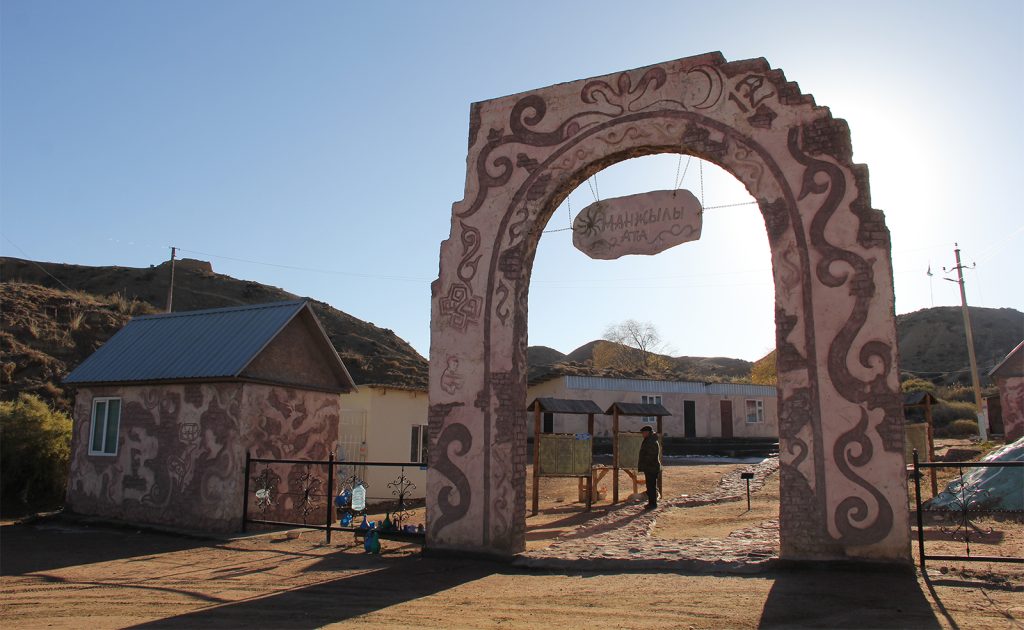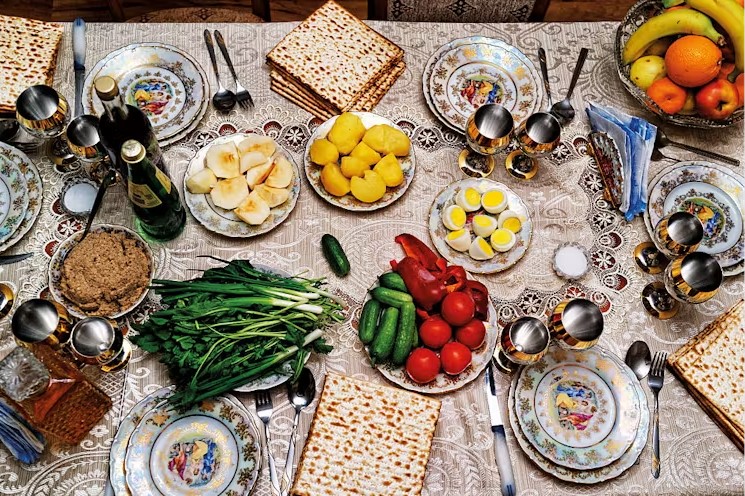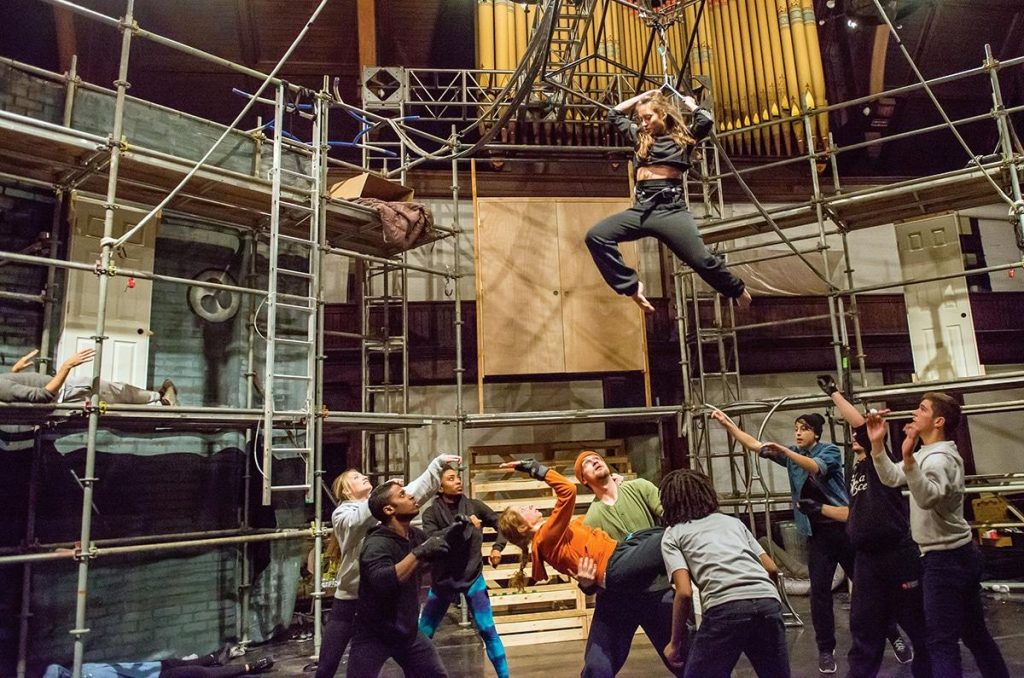(Chronicle of Philanthropy) — Across the country, diversity is turning into divisiveness. And that’s dangerous.
A school board meeting in Burbank, Calif., devolves into tribalist dissension over which books to include on the mandatory reading list.
In Teaneck, N.J. — a community that has long prided itself on its religious diversity — arguments over the Israel-Hamas war become so heated during a town council meeting that seven members of the community relations advisory board resign.
In Ithaca, N.Y., a controversy over which identities could be cast in what roles in a high school play results in the entire production being canceled. A few hours away, in Lake Luzerne, arguments between the organizers of Drag Queen Story Hour at the local library and opponents of the event are so fierce that the library shuts down — for good.
School boards. Public libraries. High school theaters. City councils. These are the pillars of our democracy, and they are coming apart. Our common life together is under threat. Add to that a hyper-divisive national election, and it’s no surprise that there’s loose talk of civil war.
In a search for answers, many people in the nonprofit world, including me, have found solace in the ideals of pluralism. Once considered an academic concept, pluralism embodies a particular approach to diversity work. It seeks to bring people together, not tear them apart. It strengthens the civic institutions where people of diverse identities and ideologies engage in concrete activities with common aims. Work of this kind encourages and guides cooperative relationships.
Pluralism is people of different ideologies on the Burbank school board having mutually enriching conversations about literature and coming to an agreement on the books to include in the curriculum. It’s Teaneck town council members deciding that despite the very real conflicts that divide them, they are going to focus their attention on pressing local matters.
Pluralism views identities mostly as sources of inspiration, not statuses of victimization. Pluralism cherishes particularity and resists separating people into flat binaries. Pluralism prioritizes bridging differences and believes that cooperation is almost always better than division. Pluralism seeks to cultivate the wide space between whitewashing and wokeness. It recognizes that Robin DiAngelo, the author of “White Fragility,” and Florida Governor Ron DeSantis are not the only two options on the intellectual landscape.
Pluralism in Practice
What does pluralism look like in practice? It looks like the Fugees soccer program and their coach, Luma Mufleh, as first documented in Warren St. Nord’s terrific book “Outcasts United.” The book isn’t new — it was published in 2009. But it offers one of the best examples I’ve found of what investing in pluralism can accomplish. Most of all, in this deeply divisive year, it offers hope.
Luma is a Jordanian immigrant who came to the United States to play soccer at Smith College. After graduation, she found herself barely making ends meet while working in a coffee shop outside of Atlanta. She was estranged from her parents, discouraged and lonely.
One day she took a wrong turn in a nearby suburb called Clarkston and came across a group of barefoot boys kicking a raggedy soccer ball on a patch of asphalt. The boys’ pure joy as they played reminded Luma of better times in her own life. She got out of her car and jumped into the game.
Luma kept going back to that patch of asphalt to play soccer with the boys, and slowly she started to learn about their lives. It turns out that during the 1990s, sleepy Clarkston had become a major destination for refugees from around the world — Iraq, Afghanistan, Burundi, Sudan, the Congo, and more. They were concentrated in a dilapidated apartment complex called the Lakes, surrounded by drug dealing, misunderstood by teachers, viewed as suspect by police officers, and sneered at by elected officials.
Luma launched a free soccer program called the Fugees and began the slow process of weaving these disparate threads into a larger fabric.
Along the way, she had to navigate a range of diversity challenges. The boys came from highly sectarian societies where sticking with your own group and being hostile to others was not only normal but a path to security and resources. Now they were asked to put aside language and religious differences and ethnic rivalries to be part of a diverse team.
What does a pluralism leader look like? She looks like Luma.
In most of the boys’ native countries, it was uncommon for women to play soccer, let alone coach boys. Some of them ridiculed Luma, others sought to be inappropriately intimate with her. Virtually all the boys were from poor, single-parent families and had suffered from trauma. Some had seen a parent killed before their eyes. Luma had to decide whether to treat them as victims who would fold under pressure or as budding athletes who could overcome adversity to excel.
In the end, the Fugees competed for championships. This is the promise of pluralism. What does a pluralism leader look like? She looks like Luma, who today runs a national education program for refugees and immigrants.
For the pillars of our common life together to function properly, people must build on their commonalities and communicate across their differences. For people to lead meaningful lives, they need to be encouraged to lean into their agency.
For philanthropy, the message should be clear: Invest in programs like the Fugees, and nurture leaders like Luma Mufleh.




